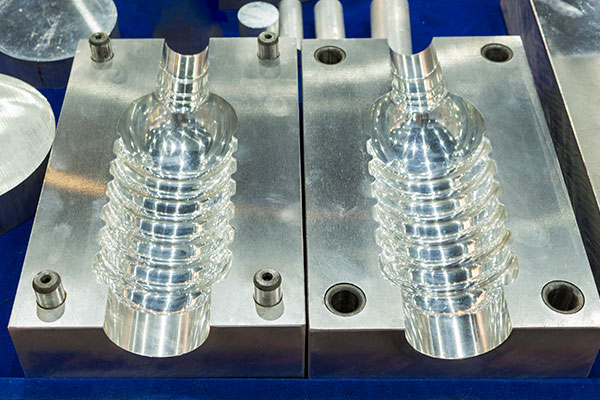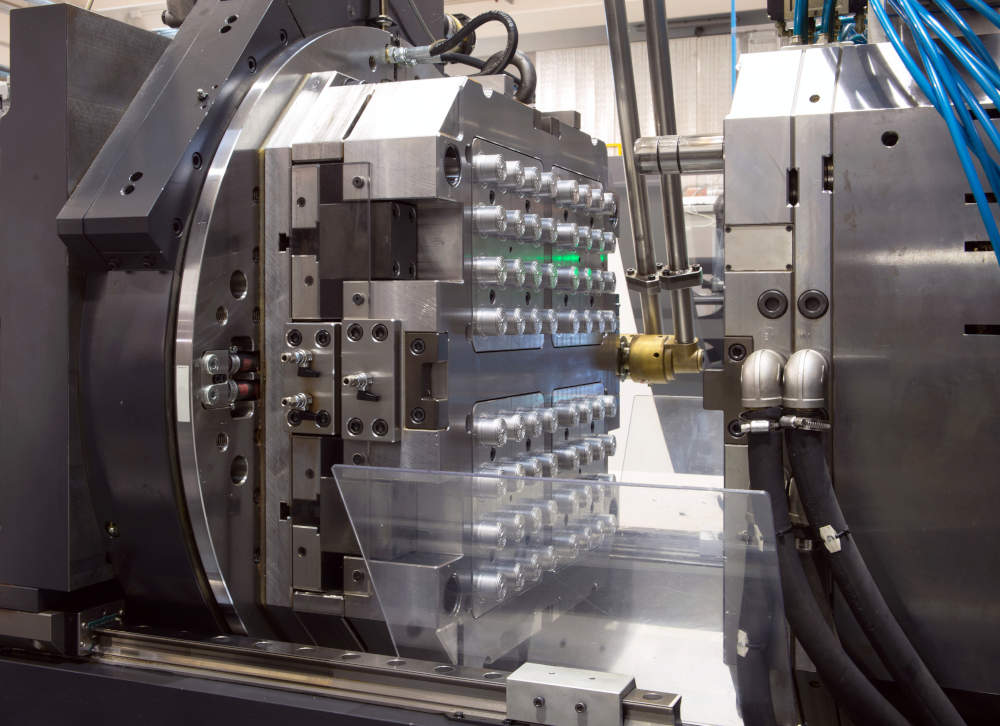The Impact of Plastic Injection Molding on Lowering Production Expenses and Waste
The Impact of Plastic Injection Molding on Lowering Production Expenses and Waste
Blog Article
The Future of Plastic Shot Molding: Trends and Innovations to Enjoy
As the plastic injection molding sector develops, several crucial trends are emerging that promise to improve its landscape. Automation and clever manufacturing techniques are readied to improve efficiency, while the change towards lasting materials shows a growing environmental awareness. Improvements in 3D printing are leading the method for unprecedented layout versatility. These innovations also bring forth difficulties that need mindful factor to consider. Comprehending exactly how these elements will interact and influence future practices is crucial for stakeholders looking to navigate this transformative duration effectively.
Automation and Smart Production
As the plastic shot molding sector develops, automation and clever manufacturing are taking center phase, transforming production processes - Plastic Injection Molding. The combination of innovative modern technologies such as robotics, IoT (Web of Things), and expert system is allowing makers to boost efficiency, reduce operational costs, and enhance item top quality. Automated systems streamline workflows, decreasing manual intervention and increasing throughput, which is vital in meeting the rising demand for quick production cycles
Smart producing innovations assist in real-time surveillance and information analysis, permitting business to optimize equipment performance and predict upkeep requirements. This positive method not just reduces downtime however also expands the life-span of devices. Additionally, the usage of collaborative robotics, or cobots, improves the versatility of manufacturing lines, allowing devices and employees to operate side-by-side securely and successfully.
The adoption of automation in plastic injection molding is not merely a trend however a tactical critical for companies intending to continue to be affordable in a global market. By using these technologies, manufacturers can accomplish greater precision, minimize waste, and adapt promptly to transforming consumer demands, placing themselves for sustainable growth in a significantly computerized future.
Lasting Products and Practices
The push in the direction of automation and smart production has led the way for a better emphasis on lasting products and methods within the plastic injection molding sector. Companies are progressively looking for environmentally friendly alternatives to traditional petroleum-based plastics, bring about the adoption of recycled and bio-based products. These sustainable products not only minimize ecological influence yet also align with customer need for greener products.

Additionally, cooperation between manufacturers, material vendors, and ecological organizations is promoting advancement in the development of lasting materials that fulfill efficiency standards without compromising quality. As policies around plastic usage come to be stricter, the market is positioned to adapt by accepting these sustainable approaches, making certain lasting viability and minimizing dependence on non-renewable resources. The integration of sustainability into plastic injection molding is not merely a trend; it is coming to be an important element of corporate duty and functional quality.
Developments in 3D Printing
Current improvements in 3D printing innovation are dramatically transforming the landscape of plastic injection molding. When tough or impossible to attain through typical approaches, the assimilation of additive manufacturing procedures allows for the fast prototyping of intricate geometries that were. This capacity not only speeds up product development cycles yet also lowers product waste, aligning with the expanding need for sustainable manufacturing methods
Additionally, the introduction of hybrid production techniques, which integrate 3D printing and injection molding, offers manufacturers the ability to develop detailed layouts while keeping the performance of automation. This strategy enables the manufacturing of personalized components customized to specific consumer requirements without sacrificing the rate and scalability that shot molding offers.
Additionally, innovations in materials, such as high-performance polymers and compounds especially designed for 3D printing, are boosting the functional abilities of published components. These materials can hold up against greater anxiety and display improved thermal residential properties, making them ideal for more demanding applications.
As 3D printing proceeds to progress, its assimilation right into plastic shot molding processes promises to boost productivity, reduce expenses, and foster technology in item layout, positioning manufacturers to much better fulfill the obstacles of an open market.
Information Analytics and IoT Assimilation
Information analytics and the integration of the Web of Things (IoT) are revolutionizing plastic injection molding by supplying producers with extraordinary insights right into their procedures. By leveraging real-time data gathered from interconnected devices and sensing units, manufacturers can keep an eye on efficiency metrics, recognize inefficiencies, and optimize manufacturing processes. This data-driven strategy assists in predictive upkeep, minimizing downtime and extending equipment life-span.
Furthermore, IoT combination enables enhanced quality control. By constantly tracking variables such as cycle, stress, and temperature times, manufacturers can promptly identify deviations from established parameters and make modifications in actual time. This not just boosts item consistency yet additionally reduces waste and scrap rates.
The fusion of data analytics and IoT innovations likewise equips suppliers to embrace even more agile production strategies. With accessibility to extensive information analytics, companies can react to market demands with greater flexibility, readjusting production routines and arrangements as needed. This flexibility is essential in a quickly transforming manufacturing landscape.

Modification and Style Adaptability
Just how can modification and design adaptability improve the competitiveness of plastic injection molding? Modification enables suppliers to meet specific client needs, accommodating distinct measurements, shapes, and functionalities that common products may not meet.
Developments in style innovations, such as computer-aided layout (CAD) and quick prototyping, further bolster this trend. These devices make it possible for designers to create complex patterns and intricate geometries, which can be effortlessly integrated into the manufacturing procedure. Consequently, suppliers can react promptly to transforming customer preferences and market needs.
Moreover, the execution of modular tooling systems improves style versatility, permitting quicker adjustments between various item designs without extensive downtime. This see this site versatility can result in reduced preparations and lower manufacturing prices, making firms more dexterous and affordable. Ultimately, embracing personalization and design adaptability in plastic injection molding not only elevates product offerings yet likewise reinforces market positioning in an ever-evolving landscape.
Verdict
The future of plastic shot molding is characterized by considerable developments in automation, lasting methods, and cutting-edge products. Modification with modular tooling and fast prototyping will allow producers to continue to be receptive and competitive to the vibrant needs of the market.

The future of plastic injection molding is defined by substantial improvements in automation, sustainable techniques, and cutting-edge products.
Report this page